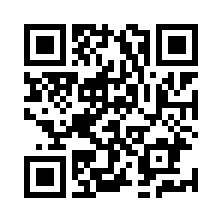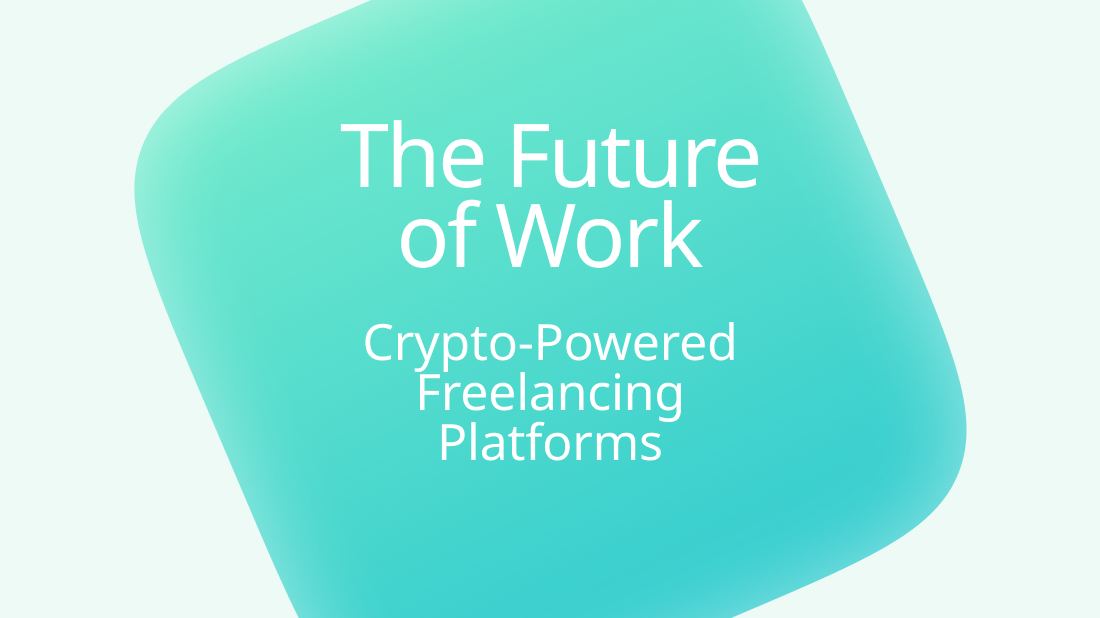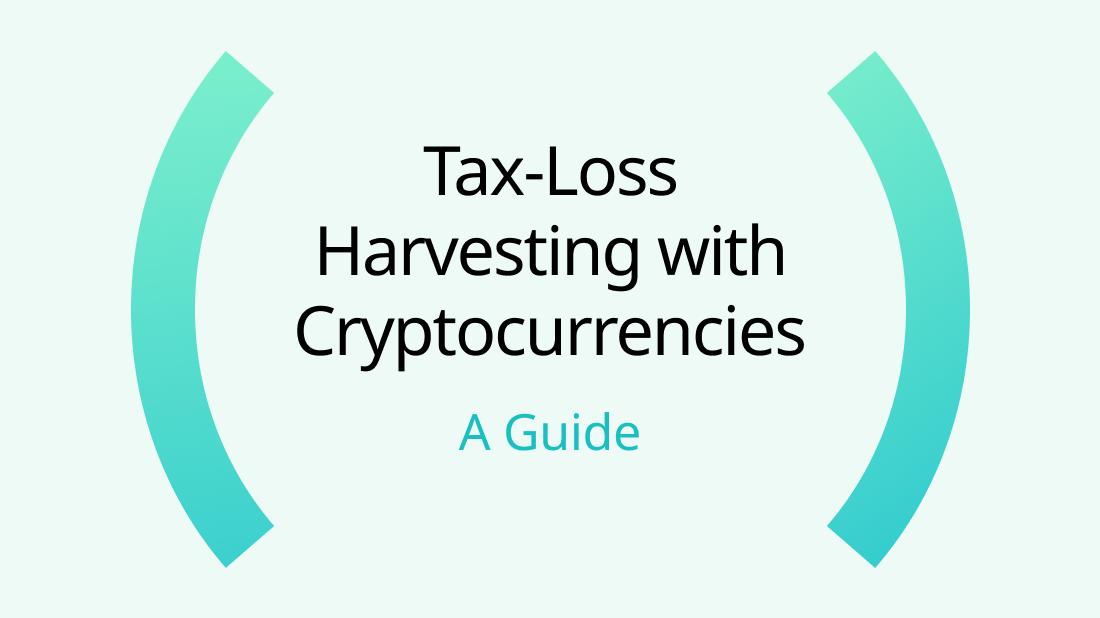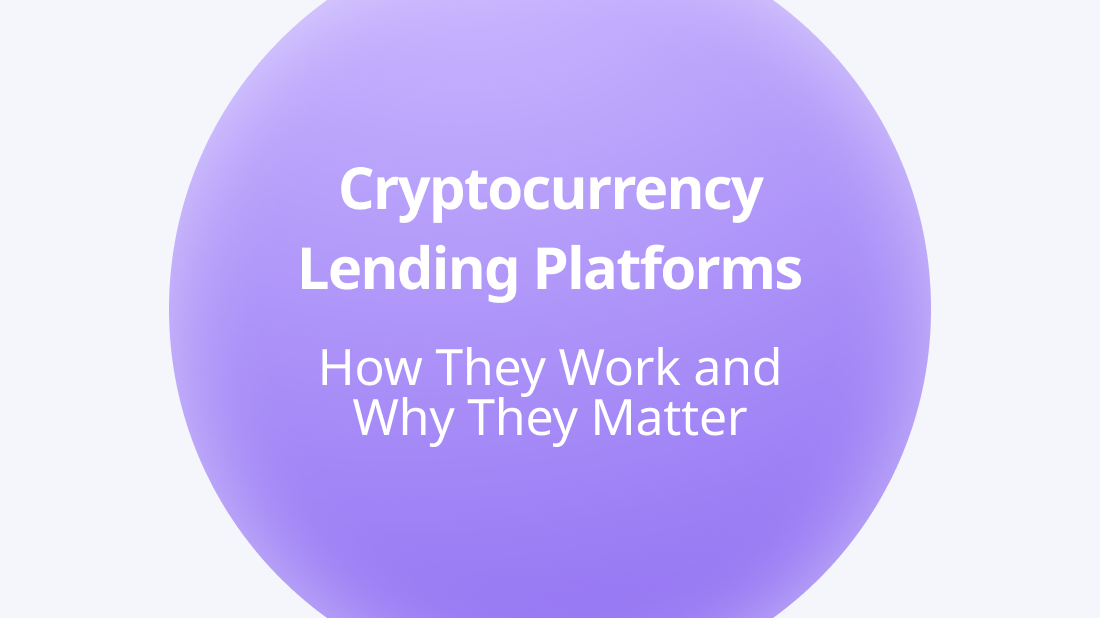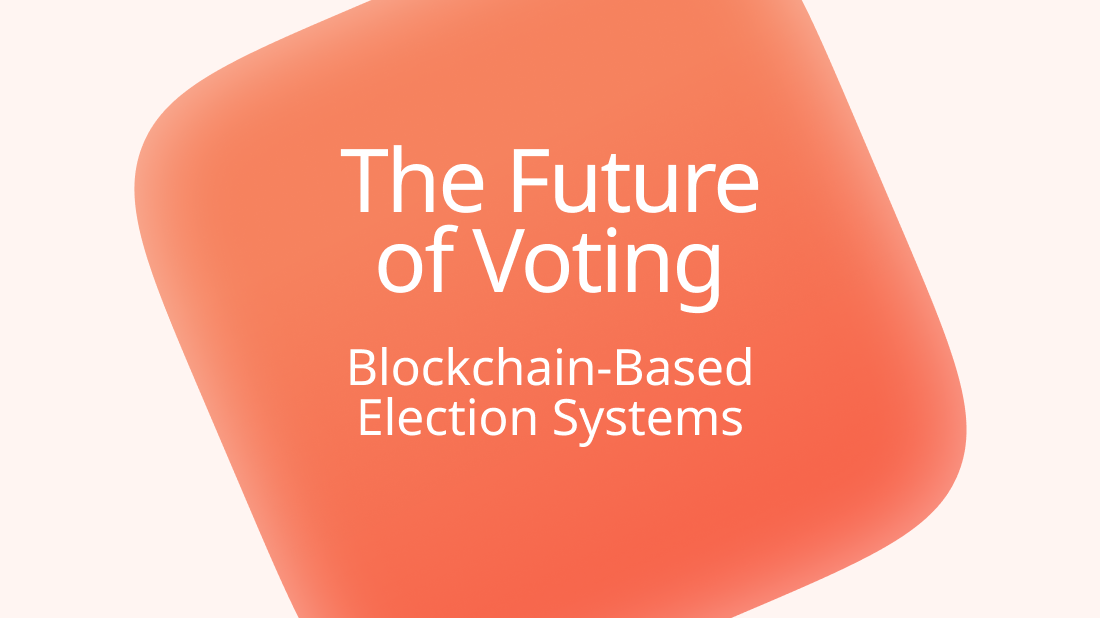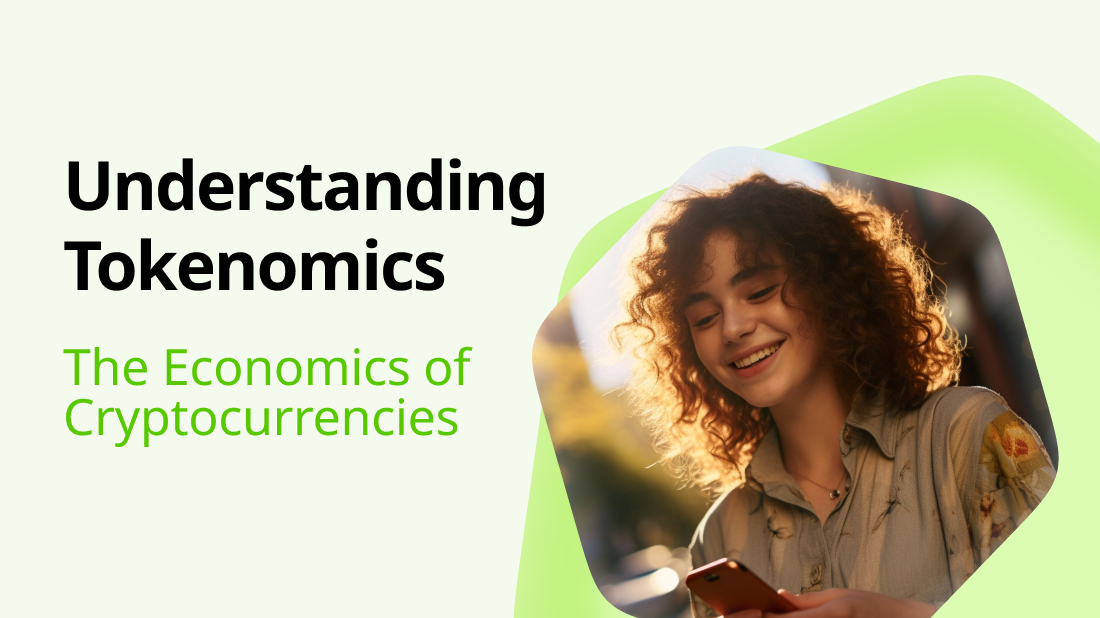Accessibility in Finance: Inclusive Solutions for Persons with Disabilities
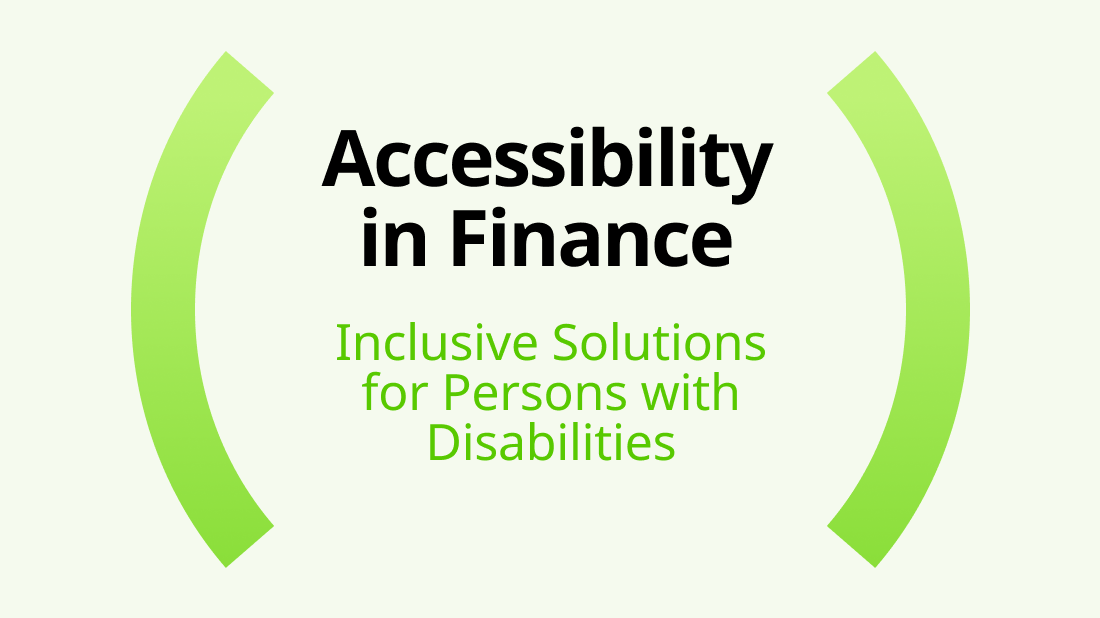
In an increasingly digital world, financial technologies (fintech) are transforming the way we manage, invest, and spend our money. However, it’s crucial that these innovations are inclusive and accessible to everyone, including persons with disabilities. Ensuring equal participation and opportunities in the economy is not only a moral imperative but also beneficial for economic growth. This article explores how financial technologies, including blockchain, are being leveraged to create accessible financial services and products for persons with disabilities.
The Need for Inclusive Finance
Understanding the Barriers
Persons with disabilities often face significant barriers in accessing financial services. Traditional banking infrastructures can be physically inaccessible, and financial information is frequently presented in formats that are not user-friendly for individuals with visual, auditory, or cognitive impairments. These obstacles can lead to financial exclusion, limiting opportunities for savings, investment, and economic participation.
The Economic Impact
According to the World Bank, approximately 15% of the global population lives with some form of disability. This represents a substantial market that is often overlooked by financial service providers. By developing inclusive finance solutions, institutions can tap into this underserved demographic, driving both social and economic benefits.
Innovative Fintech Solutions for Accessibility
Disability-Friendly Fintech Applications
- Mobile Banking for All Abilities: Mobile banking apps are increasingly incorporating features to assist users with disabilities. For instance, screen reader compatibility, voice command functions, and simplified interfaces ensure that individuals with visual or motor impairments can navigate banking services independently.
- Blockchain for Transparent and Accessible Transactions: Blockchain technology offers transparency and security, which are crucial for building trust among users, including those with disabilities. Smart contracts can automate and simplify complex financial transactions, making them more accessible to people with cognitive impairments.
- Cryptocurrencies and Digital Wallets: Cryptocurrencies and digital wallets can provide alternative banking solutions for those who might find traditional banks inaccessible. Features like biometric authentication and voice-assisted transactions make these technologies more user-friendly for people with disabilities.
Case Study: Ripple’s Accessible Payment Solutions
Ripple, a leading blockchain-based payment protocol, has been at the forefront of developing accessible financial solutions. By leveraging blockchain technology, Ripple has created a payment network that is not only fast and secure but also accessible. Their platform supports real-time, low-cost international payments, which can be particularly beneficial for individuals with disabilities who may face higher costs and longer processing times with traditional banks.
Inclusive Finance Initiatives
Government and Regulatory Support
Governments and regulatory bodies play a crucial role in promoting financial inclusion. Initiatives such as the European Union’s Web Accessibility Directive require financial services websites and apps to meet certain accessibility standards. These regulations ensure that fintech products are designed with all users in mind.
Non-Profit Organizations and Advocacy
Non-profit organizations and advocacy groups are also instrumental in driving accessibility in finance. Organizations like the World Institute on Disability work to promote financial inclusion through research, policy advocacy, and partnerships with fintech companies to develop accessible financial products.
Collaboration with Technology Companies
Financial institutions are increasingly collaborating with technology companies to create disability-friendly fintech solutions. For example, Mastercard has partnered with various tech firms to develop accessible payment cards and interfaces, ensuring that their products are usable by individuals with a wide range of disabilities.
Benefits of Accessible Financial Services
Empowering Individuals
Accessible financial services empower individuals with disabilities by providing them with the tools they need to manage their finances independently. This autonomy can lead to greater financial stability and improved quality of life.
Enhancing Financial Literacy
Inclusive fintech solutions often incorporate educational components to help users understand and utilize financial services effectively. By enhancing financial literacy, these tools can help individuals with disabilities make informed decisions about their money.
Promoting Economic Participation
When financial services are accessible to everyone, it promotes broader economic participation. This inclusion can lead to increased savings, investment, and entrepreneurship among persons with disabilities, contributing to overall economic growth.
Conclusion
The future of finance lies in inclusivity. As fintech continues to evolve, it is essential to prioritize the development of accessible financial services that cater to the needs of all users, including persons with disabilities. By leveraging innovative technologies like blockchain and collaborating with advocacy groups and regulatory bodies, the financial industry can ensure that everyone has equal access to economic opportunities.

